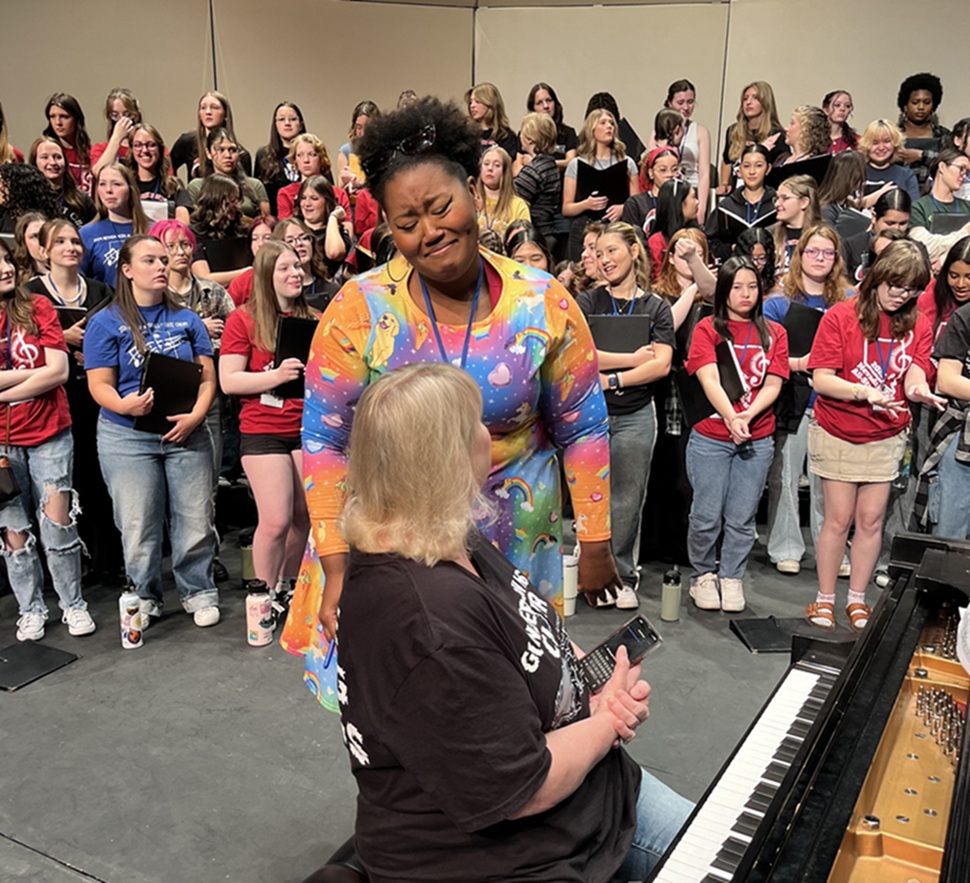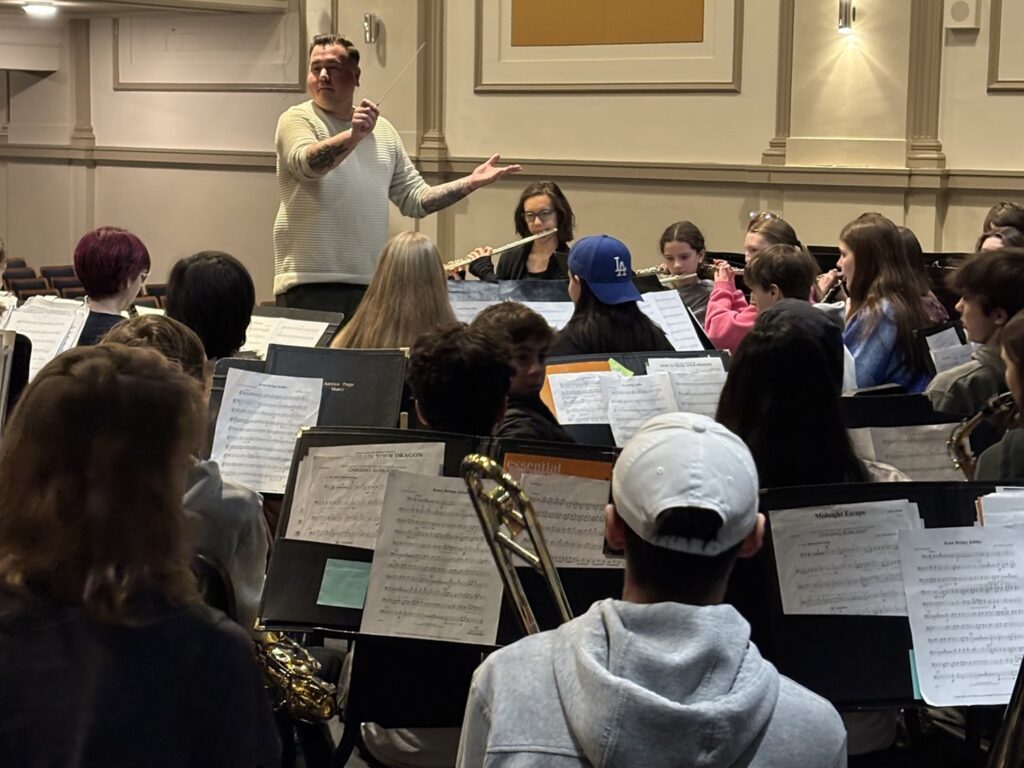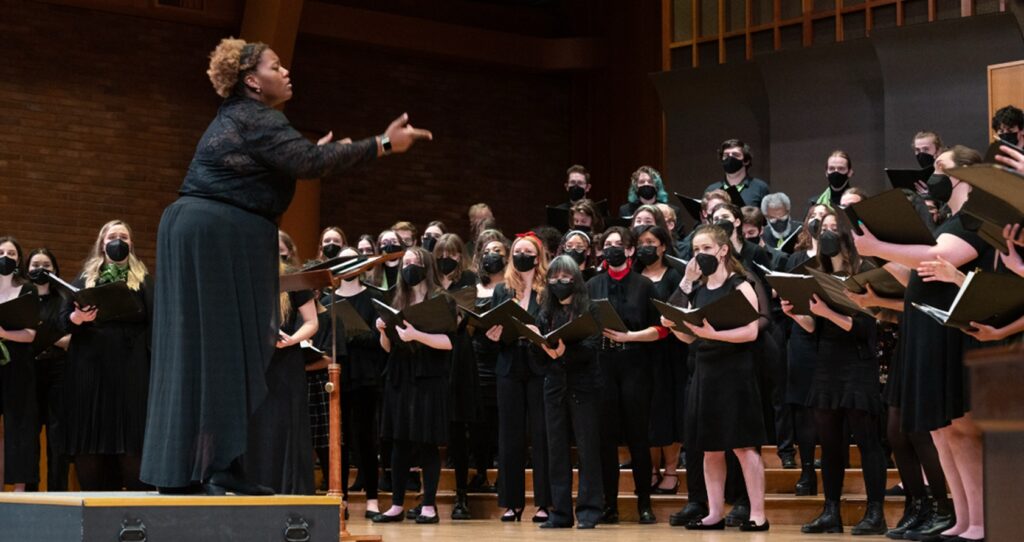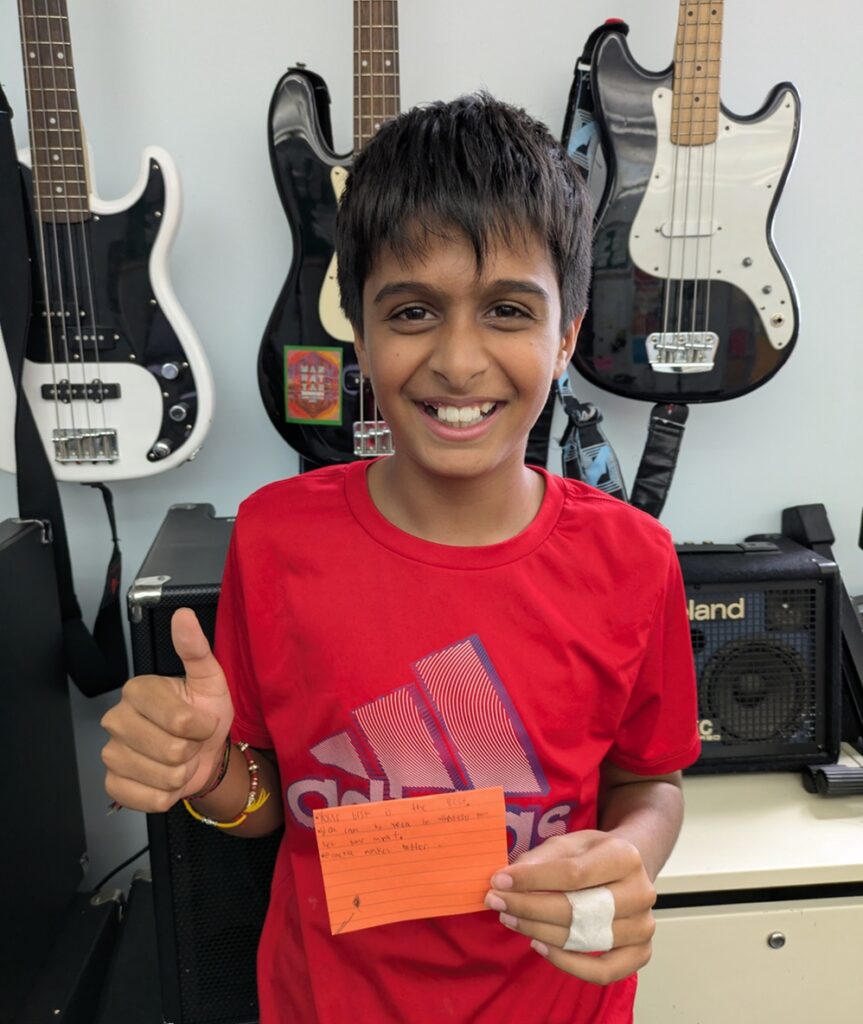Tagged Under:
Bringing Opera to Austin Children
A professor from the University of Texas at Austin, provides a free summer program at public libraries around the city to introduce K-5 students to all aspects of opera — singing, the story, set designs, orchestra, choreography and more.
Dr. Liliana Guerrero, an Assistant Professor of Voice at the Butler School of Music, University of Texas at Austin, is dedicated to quality music programming for all children. Her idea for Meet the Opera is rooted in Austin Opera’s Opera Treasure Chest, a free program providing kindergarten through 5th-grade teachers the materials (i.e., the Treasure Chest) to bring opera to students through writing, critical thinking and creativity. If teachers want additional or alternative curriculum, they may borrow a Treasure Chest for their classroom. The chest is filled with lesson plans, puppets, flash cards and books among other opera-related items.
Guerrero enjoyed her year as a Teaching Artist with the Austin Opera and saw that the students enjoyed themselves, too. Wanting to open the world of opera to more children, the soprano brought it out of the regular classroom setting and made it available to all, particularly those in the areas of Austin known as “art deserts.”
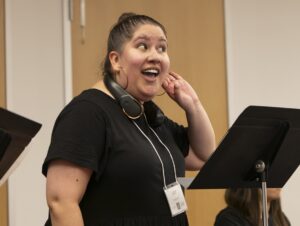
A Grant for a Summer Program
She and her grant-writing partner Charles Carson secured $14,000 in 2024 to pay for three teachers, two singers (at an Austin city recommended guideline of $150 an hour), a pianist, costumes, crafting and dancing supplies, a photographer and some marketing fees for a summer program.
“It was a success. We had about 300 total participants,” says Guerrero. “I originally wanted it to be like a vacation bible school. Drop off the kids for a week, but there were too many complications with that.”
Instead, Meet the Opera is divided into six interactive workshops held at no charge in an activity room at a public library. “Because what else is there to do in Austin on a Tuesday in summer when it’s 100 degrees outside?” says Guerrero with a smile. Each workshop is from 30 minutes to an hour long depending on the number and ages of the children, who typically are on the floor following along with the standing adults leading and/or singing. Each session averages about 30 participants.
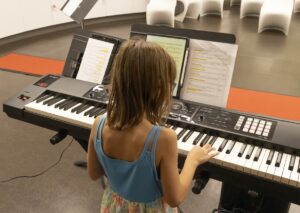
Interactive Workshops
Each workshop focuses on a different facet of opera with each session building on the previous one. They include:
The Singers: Participants learn that there is opera in all different languages and that no microphones are used in opera. Practice makes the voice stronger and stronger. Then, they sing. They end each workshop the same way — with a selected Meet the Opera song.
The Story: For developing a plot line, Guerrero draws an analogy with improv and the popular television show “Whose Line is It, Anyway.” She inspires the kids with Mad Libs to create storylines resulting in the likes of a pregnant chicken swims to the grocery store.
The Set Designers: To create and set mood, participants color butcher paper to make backdrops, crowns, flags and tie them to the story. A portable light board illustrates the use of lighting color, for example red is anger, blue is sad.
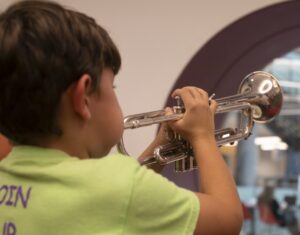
The Orchestra: This is Guerrero’s favorite workshop where she and a colleague rent one of every instrument from the University of Texas at Austin and bring them to the library for an Instrument Petting Zoo. Students hear the different sounds that instruments make — the trumpet is of kings and gods, and the cello is sad. “We get the sanitizer out, and the kids can hold the instruments and blow into them,” says Guerrero.
The Choreography: It’s all about the rhythm with egg shakers, scarves, movement and dances.
Putting it all Together: The singers, the story, the set designers, the orchestra, and the choreography come together for a live opera performance by the children.
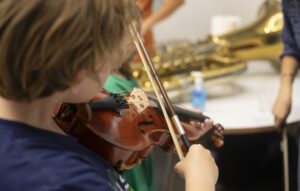
The best part? Participants, mostly 6- to 10-year-olds, love blowing into the instruments and dressing up with hats, boas and masks, according to Guerrero, who was recognized as a 2025 Yamaha “40 Under 40” music educator. “Kids love egg shakers. You can hand a child something, and they get really excited,” she shares and describes the Meet the Opera audience as diverse in gender, age, and ethnicity. “Even though it’s for the kids, the parents participate. We are all together singing for joy.”
Sadly, there were no grant funds available for Meet the Opera in 2025 due to decreased funding to the National Education Association (NEA). “Everything this year was from last year. We made do with scraps. The costumes are leftovers. We’ll keep doing it until we don’t have anything more,” promises Guerrero.
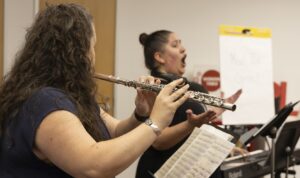
A Musical Background
How Guerrero discovered opera and fell in love with it could be a libretto itself. Daughters of immigrants, she and her sister spent most, if not all, their spare time reading inside the house when they were little. Their Cuban-born mother and Mexican-born father thought they needed to develop other interests and be out of the house more, so they signed up the then 3rd-grader Guerrero for church choir. She loved it and eagerly joined band in 6th grade and learned piccolo and flute, which introduced her to a new love, marching band. She loved marching band so much, she decided she wanted to be a band director when she grew up.
Her parents asked her to choose between her two loves of singing and marching band because they would pay for singing or flute lessons, not both. Guerrero chose to continue with the flute. In a tragic twist, her flute teacher died from breast cancer when Guerrero was a junior in high school, sending her to take voice lessons. Her maestro suggested that she had a voice for opera, a genre the soprano knew absolutely nothing about. He gave her a video copy of “La Bohème,” and it was love at first sight. Guerrero reports her high school had a great band and theater department, so being an opera nerd was not considered too odd, weird or social suicide, plus it was also the time “Wicked” the musical came out.
After high school, the Michigan native attended Grand Valley State University and earned a degree in Voice Performance while managing to still play the flute. Next was her master’s in Opera Performance from Wichita State University in Kansas, followed by a move to Chicago to sing with the Chicago Symphony Chorus in 2016, a fiscally tough time for the arts.
With friends she created the grassroots arts campaign, Praxilla Femina to give performance opportunities and to raise money for organizations including Chicago Books for Women in Prison and GirlForward, which empowers refugee girls aged 12 to 21 from more than 40 different countries with social survival skills.
Guerrero’s next stop was Florida State University for her DMA, which she completed in May 2020. Due to COVID-19 quarantining, there was no hooding ceremony, a real disappointment because she was the first in her family to attend college much less earn a doctorate. She taught for three years at Texas Lutheran University before joining the faculty at the University of Texas at Austin, where for three years she has been teaching vocal pedagogy and applied voice, mostly working with students wanting to teach or do research.
“I love mentoring college students and working with my master’s students, helping them get ready for the real world with their CVs,” Guerrero says. “I love my job. I play pretend and sing all day.”










